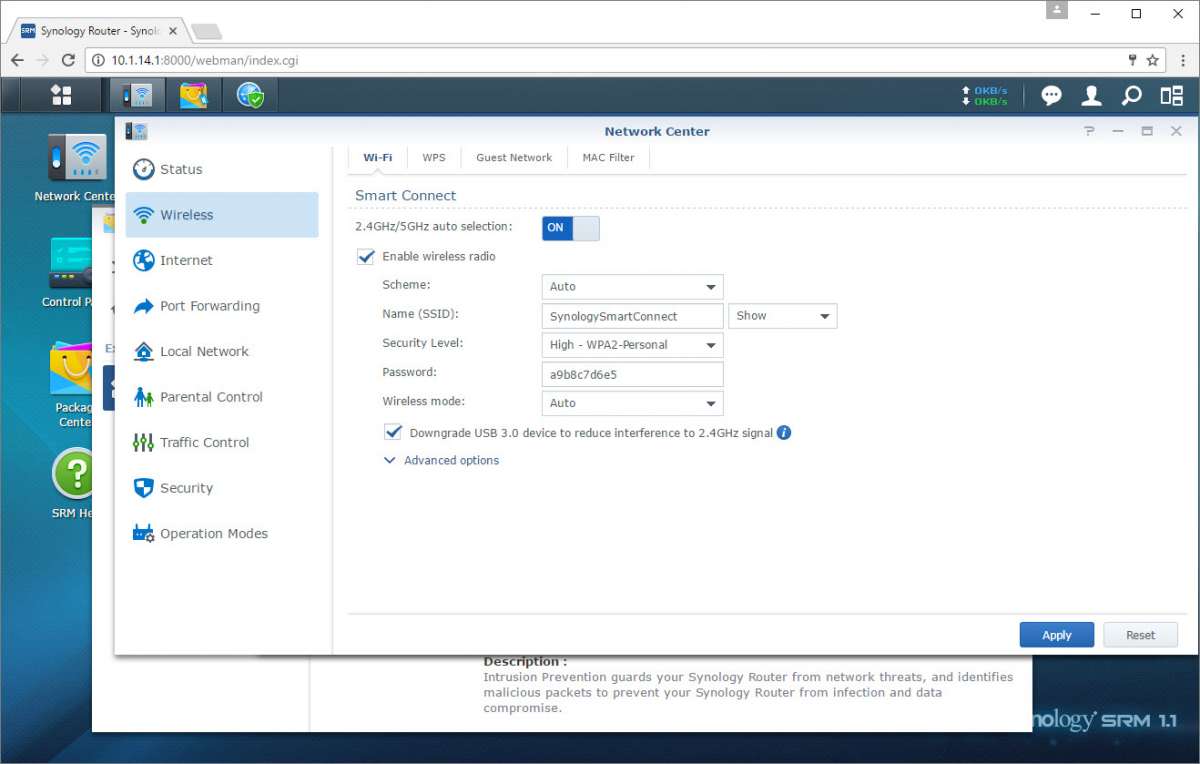

On a development server, downloading new tools and utilities is common practice.
TRACCAR SYNOLOGY FREE
Automatic maintenance is performed daily, but you are free to change at which time it takes place via Control Panel à System and Security à Security and Maintenance à Automatic Maintenanceĭisable Internet Explorer Enhanced Security Configuration
TRACCAR SYNOLOGY INSTALL
‘Every day’ and the scheduled install time of 03:00 as in the screenshot above, have no effect! The automatic maintenance option overrides this schedule. Note: When ticking ‘Install during automatic maintenance’ the schedule you define in gpedit, i.e. Tick ‘Enabled’, choose option 4 and tick ‘Install during automatic maintenance’ Go to Computer Configuration à Policies à Administrative Templates à Windows Components à Windows Update. Therefore, I prefer choose when Windows reboots for updates by scheduling a specific time, instead of playing Russian roulette whether or not the thing is going to reboot while I’m running any jobs/tests. To be honest, I don’t know who came up with this brilliant idea, since a server is usually designed to be on 24/7. Moreover, the maximum time frame of the ‘active hours’ cannot be greater than 12 consecutive hours. Windows Server 20 use ‘active hours’ to determine whether or not it’s safe to reboot the machine for updates. Hit apply and ‘Password will not expire’ should now be shown.
TRACCAR SYNOLOGY PASSWORD
Go to Computer Configuration à Windows Settings à Security Settings à Password Policy.Ĭhange ‘Maximum password age’ to 0. There’s no need for me to have top notch security, as I’ll probably spin up a new machine in a couple of months again and delete this one. Like I said, this is a development server. Go to Server Manager à Manage à Server Manager PropertiesĬheck ‘Do not start Server Manager automatically at logon’. In the window that opens, untick ‘Enable Remote management of this server from other computers’ and hit apply.ĭo not start Server Manager automatically at logon Go to Server Manager à Local Server à Remote Management and click ‘Enabled’. I’m not a fan of having stuff enabled that I don’t use or need, so even tough this probably isn’t a security risk, I’m going to disable it anyway. Require user authentication for remote connections by using Network Level Authentication – Set this to Enabled.ĭisable Remote Management, unless specifically needed. Require use of specific security layer for remote (RDP) connections – Set this to SSL (TLS 1.0).

Require secure RPC communication – Set this to Enabled. Set client connection encryption level – Set this to High Level so your Remote Desktop sessions are secured with 128-bit encryption. Go to Computer Configuration à Administrative Templates à Windows Components à Remote Desktop Services à Remote Desktop Session Host à Security

TRACCAR SYNOLOGY DOWNLOAD
It takes just 30 seconds to download and install: You can of course configure it to suit your needs, but it pretty much take care of itself. RDP Defender will block these attacks, by monitoring failed login attempts and automatically blacklisting the offending IP addresses after several failures. Not only this is bad for your server’s security, but it also wastes a lot of resources, such as CPU and bandwidth. Using password dictionaries, they will automatically try to login to your server hundreds to thousands times every minute. If your Windows server is publicly available from the internet, then there is a 100% chance that hackers, network scanners and brute force robots are trying to guess your Administator login and password as we speak. In order to do so, I execute the following steps on every Windows development server I install.

That means security should be in place, but at the same time should be workable and flexible enough for me to install and download things, without getting nagged by obnoxious over-active security mechanisms. On the Windows Servers I use for development, I like to keep things simple.


 0 kommentar(er)
0 kommentar(er)
